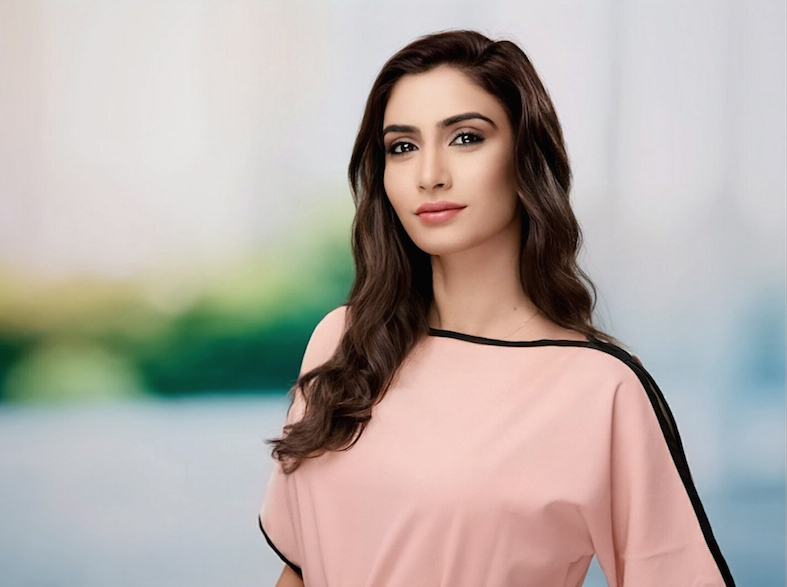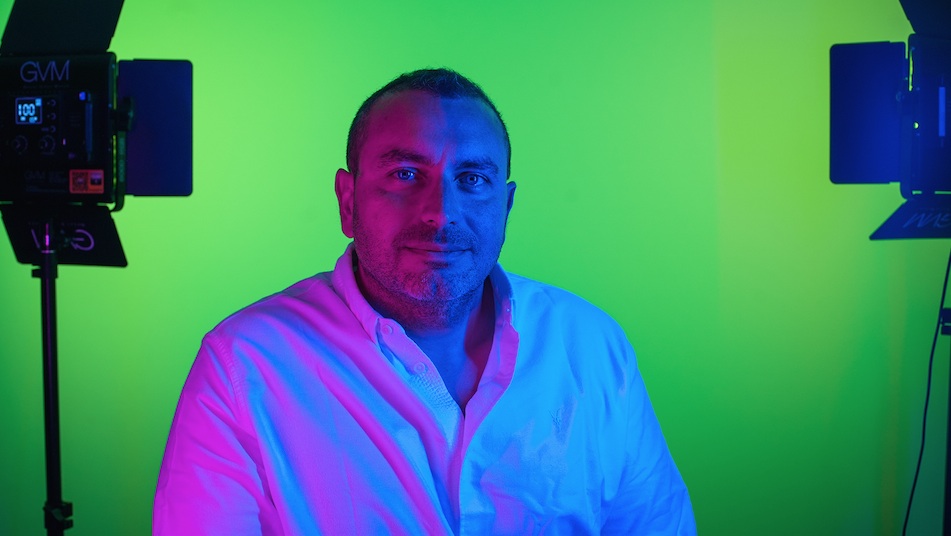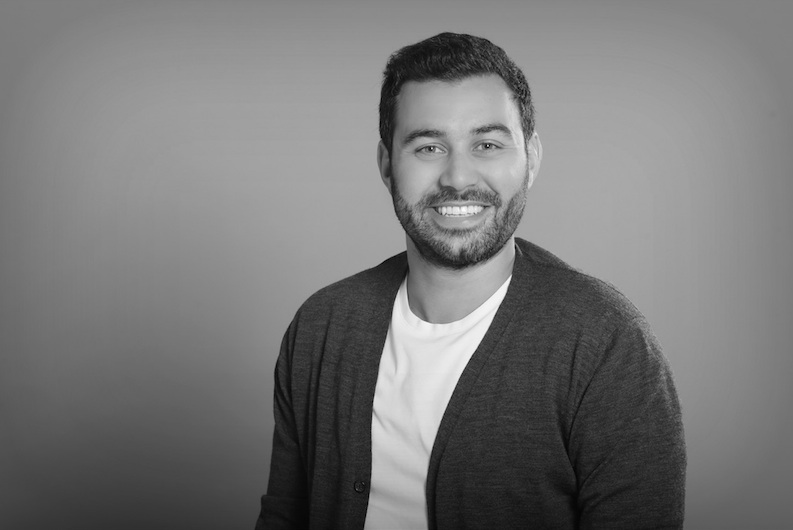Listen to the article
Artificial intelligence is transforming the advertising industry, raising questions of human versus machine creativity and how to mitigate bias
It seems only right that an article about artificial intelligence (AI) should be partially written by ChatGPT, a chatbot that uses deep learning techniques to generate human-like text. So, for the record, a proportion of what appears below was generated by text prompts. After all, if you can’t beat them, join them. Right?
Of particular interest is generative AI, which produces new and original content. That’s what ChatGPT is, for the handful of you who don’t already know. It’s what’s got copywriters, PR practitioners, designers, musicians and artists all hot under the collar. And understandably so. There’s nothing quite like an algorithm telling you your job’s on the line.
But AI is much bigger than the threat of obsolescence. It is enabling brands to deliver more personalised ads, to improve the efficiency of the creative process, to optimise media buying, and to drive better performance.
As Liah Qureshi, performance media manager at Merkle MENA, says, AI is revolutionising the way the ad industry works, from analysing and understanding consumer behaviour to developing targeted campaigns. It is also enabling the personalisation of customer experiences. “In this constantly evolving digital space,” she says, “AI has become an integral part of marketing and advertising strategies, giving businesses who incorporate AI in their marketing plan a major competitive edge.”
“AI has eased a lot of work for us by giving us access to the never-before-seen predictive analytics.” --Liah Qureshi, performance media manager, Merkle MENA
For some, this is a worrying development. AI-powered tools can automate many jobs that were previously performed by humans, such as ad creation and optimisation. This automation may well lead to significant job losses as agencies replace human workers with AI-powered systems that can perform the same tasks more efficiently and cost-effectively. For example, generative AI can write copy, create images, and even customise an emailer to 500 different audiences in seconds, says Fadi Khater, founder and managing partner of Netizency. It can also create and edit videos or voiceovers, as well as write and edit presentations.
But that’s just the tip of the iceberg. AI is being used for audience targeting, personalisation, ad placement, measurement and reporting, and performance optimisation. The latter is important, says Qureshi. It is here that “AI is being extensively used to analyse customer data and provide understanding of which ad campaigns are performing well and which ones need optimisation. AI algorithms can even be used to adjust ad targeting, bid prices, and creatives in real-time to maximise ad performance. This helps us achieve higher conversion rates, increased sales, and of course better customer engagement.” Then there’s strategy. “While AI hasn’t taken over this stage as a whole,” says Qureshi, “it has eased a lot of work for us by giving us access to the never-before-seen predictive analytics. Based on the historical data, AI can predict future behaviour, consumer patterns, demographics and preferences by analysing consumer data, which we can then use to better our marketing strategies.”
“I think if you can clearly define creativity, machines would win.” --Fadi Khater, founder and managing partner, Netizency
So, should we be concerned about our jobs? “I would say yes, not because there will not be jobs in advertising, but because the nature of those jobs will be different,” replies Khater. “I believe you will need a generative AI operator/validator versus a copywriter/creative director. The new graphic designer, for example, may not need to know the technical know-how to create, but they should have a good eye to validate.”
“AI has the potential to automate many tasks and processes in the advertising and marketing industry but it is unlikely to completely replace us,” says Najib Sabbagh, managing partner at influencer marketing agency Walee MENA. “Instead, AI will likely complement human creativity by providing new tools and insights. Some job roles may be impacted but new opportunities for roles that require expertise in AI and data analysis will emerge. To me, it’s just like any technology that once impacted us heavily. Computers, for example, did make some jobs obsolete but replaced them with so many others. AI is no different.”
“I believe the most successful creative endeavours will likely involve a combination of human and machine-generated ideas and insights.” --Najib Sabbagh, managing partner, Walee MENA
New roles such as AI prompters and AI validators already exist, but generative AI challenges the very concept of human creativity.
According to a recent Ditto Music artist survey, 60 per cent of independent musicians are already using AI to make music. Elsewhere, artists such as Beth Frey have embraced tools such as DALL-E, an AI system that creates images and art from text prompts. In doing so, she has created a library of grotesque bodies that reject gendered expectations. Such developments have piqued the interest of the general public while simultaneously questioning the very nature of what it means to be an artist.
“I think if you can clearly define creativity, machines would win,” says Khater, leaving his answer deliberately open to interpretation. Sabbagh is not so sure. Despite AI being capable of generating words and imagery, it “still lacks the emotional intelligence, empathy, and intuition that humans bring to creative work,” he says. “Human creativity is driven by complex cognitive processes that involve imagination, emotion, and experience, which cannot be fully replicated by machines. However, AI can provide new tools and insights that can enhance and augment human creativity. Ultimately, I believe the most successful creative endeavours will likely involve a combination of human and machine-generated ideas and insights.”
There are much deeper and more troubling concerns at play, of course. AI is being used to created digital clones of deceased loved ones, to write university papers, and to produce deepfake content. Earlier this year, the French DJ David Guetta created a track featuring an AI version of Eminem’s voice. What are the rights and wrongs of such a decision? What should be done in terms of legislation? And will new laws and moral codes be required?
And then there’s the question of bias. AI algorithms can learn and make decisions based on the data they are fed. If the data used to train an AI algorithm is biased, it can lead to partial decisions, which can perpetuate existing inequalities and injustices. This may in turn result in discriminatory advertising practices, which could harm individuals and communities. AI also poses a threat to the privacy of consumers. AI-powered tools can collect vast amounts of data about individuals, including their online behaviour, location, and personal preferences. This data can be used to create highly personalised ads, but it also raises concerns about the privacy of consumers. That’s why agencies and brands must ensure they collect and use data in a transparent and ethical manner, and that they protect the privacy of individuals.
AI-powered advertising can also create a ‘filter bubble’, whereby individuals are only exposed to content and ads that align with their existing beliefs and preferences. This can lead to a lack of diversity of thought and a polarisation of opinions. It also makes it difficult for advertisers to reach new audiences, as their ads may only be seen by individuals who already agree with their messages. It is therefore important for brands and their agencies to diversify data sources, include multiple perspectives, monitor and evaluate algorithms, and promote diversity and inclusion.
“My views [on AI] range from excitement and enthusiasm about its potential to revolutionise industries and improve our lives, to concern and caution about its impact on privacy, values and ethics,” admits Sabbagh, who is also CEO of production hub Sunny Side Up. “Ultimately, the benefits and drawbacks of AI will depend on how it is developed and deployed, and it is important for the pioneers in the industry to build ethical models and for society to carefully consider and navigate the use of AI; and be able to draw the line where it should be drawn.”
Of course, we’re still in the early stages of AI’s development, which means agencies will have to prioritise the development of expertise, collaboration, experimentation, and transparency. As Khater says of generative AI, “it’s still far from perfect, so whoever decides to use it needs to put in the work to properly brief it and vet its outputs.” He also believes that the ways in which agencies currently work is too complicated. As such, generative AI has the potential to “make life much easier and remove a lot of the ‘black box’ agency creation process and all the bureaucracy around it”.
What is certain is that AI will continue to significantly disrupt the advertising and marketing industry. As AI-powered tools and platforms become increasingly sophisticated, it will enable “more efficient data analysis, improved targeting and personalisation, and the automation of creative ideation,” believes Sabbagh. It will also provide a greater ability to analyse complex data and generate insights, art and music.
“I’m a strong advocate of technology and think that we should continue to invest in it and develop it further until it matches our requirements,” says Khater. “Will it replace humans? Yes. But it will create many new opportunities for humans to do other things.”


















